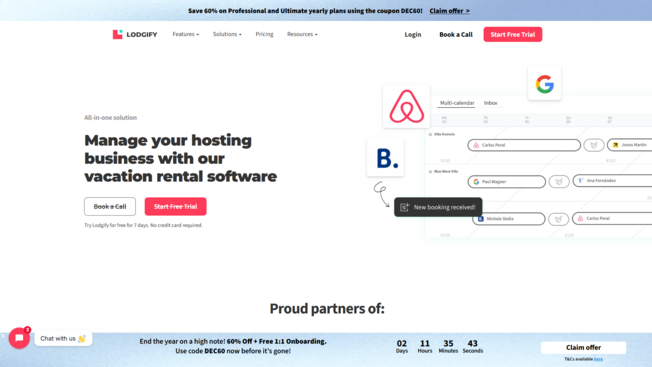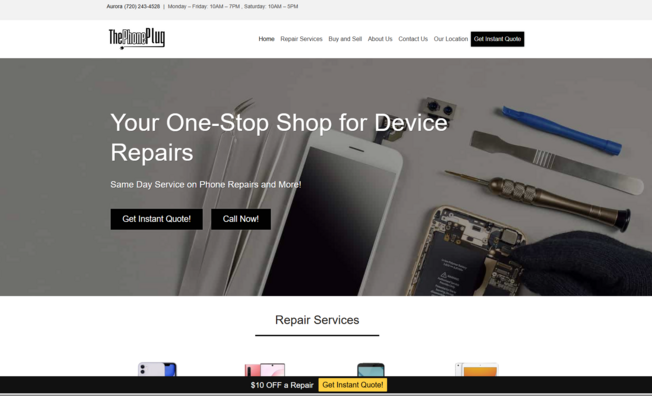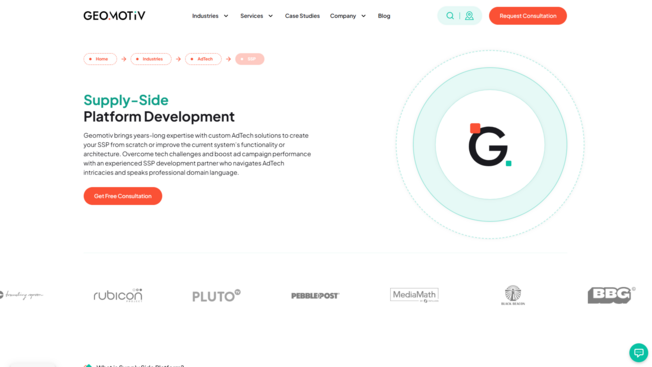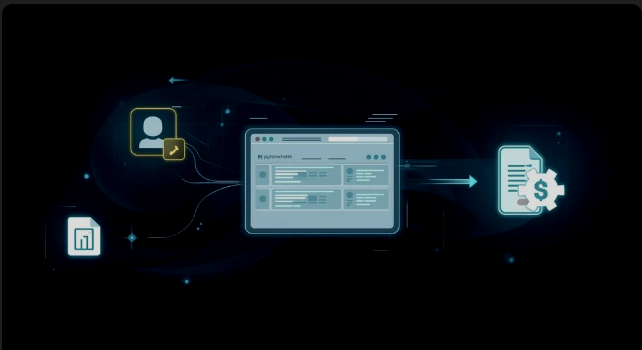
Regardless of whether you work for yourself or a company, you are directly or indirectly providing something to satisfy a need or desire.
As an entrepreneur or business owner you are doing that directly. Being an employee, well, you are still indirectly contributing to a need somewhere, by giving your time/skills as a service to create something that satisfies that need. And in the process you fulfil intermediate needs of your employer for workers with skills to produce their products/services.
Purpose turned inside out
The pressure people place themselves under to “find their purpose” can be counterproductive to being happy. Perhaps a way to alleviate this psychological logjam is to turn the question around and ask:
How can I best be of Service?
After all, you are part of a whole and can only have a purpose in relationship to what is happening in the world around you. Maybe it would be more fruitful to look at what’s needed and meet that need.
Needs that matter
Soul Work by definition is meaningful work. Work that is somehow important and matters to you. There is often a focus on something bigger than oneself, not just for self-gain, more power, status or wealth.
If this is the case, you must meet a need of something or someone other than yourself.
What kinds of needs or desires are you motivated to satisfy?
Put another way - what is the problem you want to solve in the world?
Get good at identifying problems
We live in very creative dynamic times.
There are hundreds if not thousands of problems waiting to be solved. There are even problems that might not exist right now, but will pretty soon, the solving of which will determine the nature of our very existence as a species.
Entrepreneurship is a fundamentally a problem solving activity - a matching of solutions to needs and desires.
Often people come up with their solution in a bit of a vacuum relying only on their own experience, creating something they feel enthusiastic about. They then go in search of the perfect market / customers who might need what they offer, often to be disappointed that no one really wants what they’ve created.
Design thinking, a methodology used for product design, mitigates against this by starting the process of adequately matching the offer to the client/customer with early engagement, research, prototyping and testing.
The question above begins to bring together the two sides of the equation, matching what’s meaningful for you to someone else's needs and wants.
Problem Sweet Spot
Looking at it like this from the perspective of the needs and wants of the world helps open up your vision allowing you to develop the problem solving mindset needed to bring a successful offering to market.
A first step is to hone in on the problem that you are best suited to solve. Translating who you are and what you have to offer to what is needed in the world, there are some problems for which you are the perfect fit. You are the block to fit the hole.
Some questions you could ask yourself in the pursuit of the problem sweet spot might be:
What do you care about?
What frustrates you about the world?
What struggles and challenges have you had?
What does the world need now?
You can begin by defining your areas of interest and start to find out about the kinds of problems that exist there.
Begin by brainstorming different problems, expand the possibilities, before you move on to the next step of narrowing down to specifically define what the problem is that you are well placed to have an impact on.
Knowing the problem you’re interested in solving is a major step to getting clarity about what you’re creating. It gives you the big picture about what you’re doing and a way to navigate forward as you create your offering.
In search of your Offering
But how to come up with your perfect product / service?
You still need to bridge the gap between the needs of something / someone in the world and your need for meaningful satisfying work.
That gap is bridged by what you offer, be it a service or a product.
The difficult part of creating work you love can be defining and creating this offer. You might have a clear picture of your talents, what gives you meaning, what you enjoy but unless you have a product/service that someone wants then you've only got half the picture and that doesn't give you a business or constitute Soul Work.
Perhaps you’ve seen the Ikigai diagram, consisting of overlapping circles representing the Japanese concept of “raison d’etre” or “the reason you get out of bed in the morning”. The centre is Ikigai but we could equally label it as the product or service you offer, the basis of your business and a reason for your existence.
By following the Design Thinking methodology to come up with the perfect problem to solve, you can take that and generate solutions to that problem.
If we include your talents, skills and knowledge, what you find pleasurable doing, your life experience and what you find meaningful, as well as kind of person you want to serve, the type of problems they have and how they are looking to satisfy those needs, we begin to get a more complete picture of the solution to both sides of the “equation of needs”.
Systematically see the Wood from the Trees
The process outlined in this article is something I support my clients in systematically working through to discover exactly what they should be bringing into creation - a marriage made in heaven, which best satisfies your needs for meaningful work and at the same time meets a need that the world is crying out for.
If you interested in being supported to go through this process, get in touch for a consultation to find out if we could work together.

















Leave a Reply